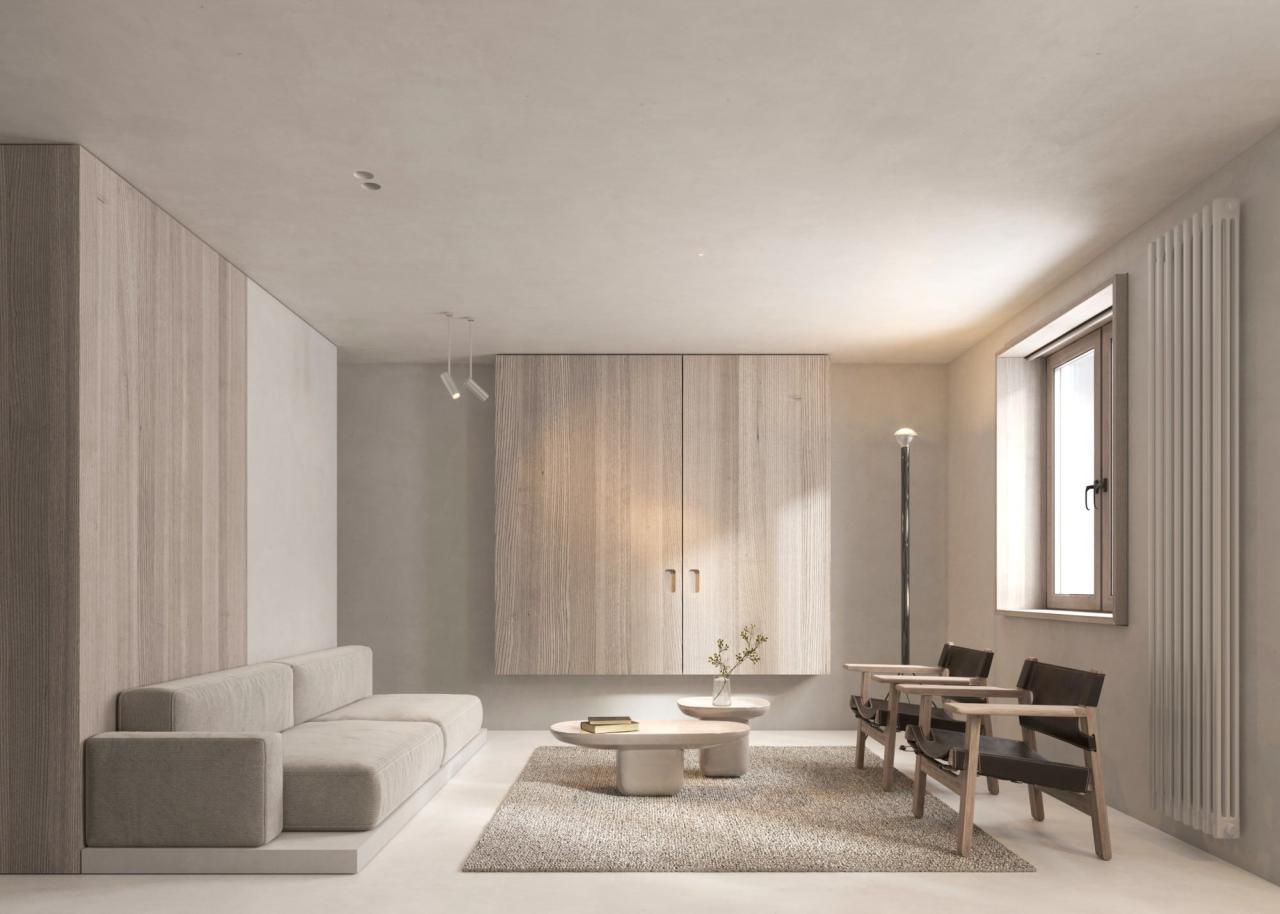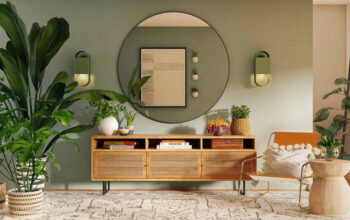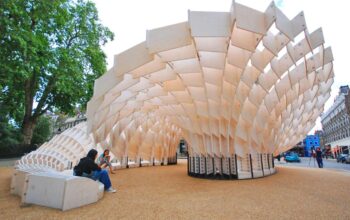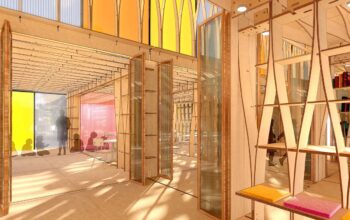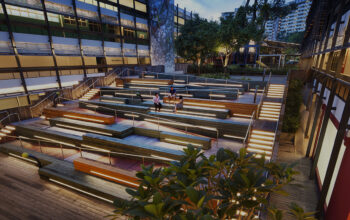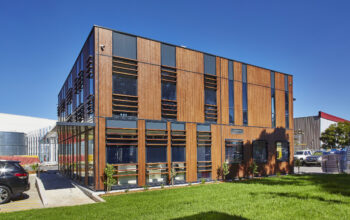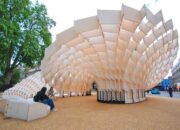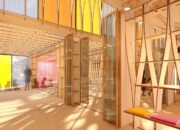In an increasingly cluttered and consumer-driven world, a powerful counter-movement is gaining unprecedented momentum: minimalist living. This philosophy, which champions simplicity, intentionality, and the reduction of excess, is rapidly transcending a mere aesthetic choice to become a profound lifestyle shift. Far from being about deprivation, true minimalism, particularly in an architectural context, is about carefully curating one’s environment to prioritize what genuinely adds value, fosters tranquility, and promotes well-being. It’s about designing spaces and lives that are functional, beautiful, and deeply resonant, rather than overflowing with possessions.
The widespread appeal of minimalist living stems from its promise of reduced stress, increased financial freedom, and a deeper connection to purpose. This article delves into the architectural expressions of minimalist living, exploring its core principles, the myriad benefits it offers, and the practical applications that are enabling more and more people to embrace a life where less truly is more.
Understanding Minimalist Living: Beyond the Aesthetics
While often associated with clean lines, neutral palettes, and sparse interiors, minimalist living is fundamentally a mindset, not just a design style. It extends beyond the visual to encompass a conscious decision to declutter not just physical spaces, but also schedules, commitments, and even mental burdens. In an architectural context, it translates into design choices that are purposeful, efficient, and celebrate essential elements rather than accumulating unnecessary ornamentation.
A. Intentionality Over Accumulation: The core tenet of minimalist living is intentionality. Every item, every space, every commitment is carefully considered for its purpose and value. This stands in stark contrast to consumer culture’s emphasis on constant acquisition. In architectural design, this means prioritizing functional layouts, multi-purpose spaces, and built-in solutions that eliminate the need for excessive furniture or storage units. It’s about asking, “Does this truly serve a purpose or bring me joy?” before introducing anything new into a space.
B. Functionality and Purpose: Every element in a minimalist home serves a clear function. Clutter is eliminated because it lacks purpose or is redundant. Architecturally, this translates to designs where form follows function, and where spaces are optimized for specific activities without unnecessary embellishment. For example, a minimalist kitchen might feature integrated appliances and hidden storage to maintain clean lines and maximize usable counter space, focusing purely on the act of cooking.
C. Quality Over Quantity: Rather than owning many mediocre items, minimalists prefer fewer, high-quality possessions that are durable, beautiful, and timeless. This principle applies to architectural materials and finishes as well. A minimalist home might feature a limited palette of high-quality, honest materials like natural wood, concrete, or glass, chosen for their inherent beauty and longevity, rather than relying on decorative surface treatments.
D. Clarity and Simplicity: Minimalist design favors clean lines, open spaces, and uncluttered surfaces. This creates a sense of calm and visual clarity, reducing cognitive overload and promoting a peaceful environment. In architecture, this is achieved through simple geometric forms, ample natural light, and the absence of superfluous ornamentation. Walls are often kept clear, and furniture is carefully selected for its form and function.
E. Connection to Environment: By stripping away the superfluous, minimalist design often enhances the connection between interior spaces and the external environment. Large windows, seamless transitions to outdoor areas, and natural materials help blur the lines between inside and out, fostering a sense of openness and harmony with nature.
The Architectural Manifestation of Minimalism
Minimalism in architecture is not merely about empty rooms; it’s about carefully considered emptiness that allows for clarity, focus, and a profound appreciation for essential form and light.
A. Open-Plan Layouts: Minimalist homes often feature open-plan living areas that maximize space, facilitate natural light penetration, and create a seamless flow between different zones. Walls are minimized to create a sense of expansiveness, even in smaller footprints. This fluidity encourages versatile use of space.
B. Emphasis on Natural Light: Light is a fundamental design element in minimalist architecture. Large windows, skylights, and strategic openings are used to flood interiors with natural light, reducing reliance on artificial lighting and enhancing the sense of openness and connection to the outside. The play of light and shadow often becomes a central aesthetic feature.
C. Understated Color Palettes: Neutral and monochromatic color schemes (whites, grays, blacks, earth tones) are common in minimalist homes. These palettes create a calming backdrop, allow natural light to reflect effectively, and direct attention to the textures, forms, and natural materials within the space. Pops of color might come from natural elements like plants or a single piece of art.
D. Integrated Storage Solutions: To maintain uncluttered surfaces, minimalist architecture heavily relies on integrated and concealed storage. Built-in cabinetry, hidden closets, and multi-functional furniture are crucial for keeping possessions out of sight, promoting a tidy and serene environment. This approach prioritizes clever design over sheer volume of storage.
E. Honest and Unadorned Materials: Minimalist design celebrates the inherent beauty of materials. Raw concrete, exposed timber, glass, steel, and natural stone are often used in their unadorned forms, highlighting their textures, colors, and structural properties. Finishes are typically matte or subtly textured, allowing the materials to speak for themselves.
F. Simple Geometric Forms: Straight lines, clean angles, and unembellished geometric forms characterize minimalist architecture. This simplicity contributes to a sense of order, tranquility, and timeless elegance. Complex curves or ornate details are typically avoided.
G. Seamless Transitions: From flooring that extends continuously between rooms to flush doors and hidden hinges, minimalist design seeks to create seamless transitions that enhance the sense of spaciousness and visual continuity. This contributes to the overall feeling of uncluttered flow.
The Myriad Benefits of Embracing Minimalism
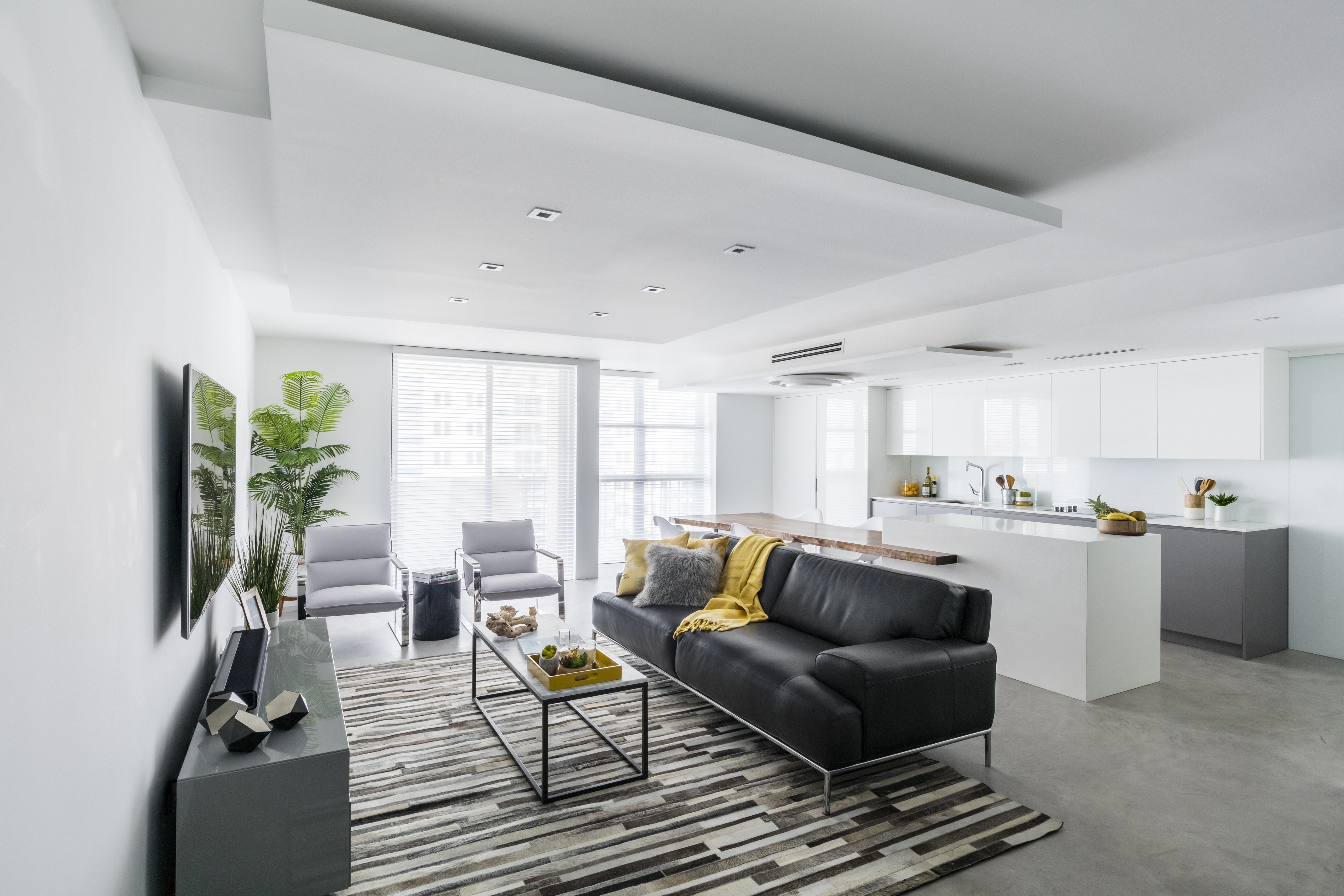
The widespread adoption of minimalist living is driven by a compelling array of tangible and intangible benefits that improve quality of life.
A. Reduced Stress and Mental Clarity: Clutter is often linked to increased stress and anxiety. A minimalist environment, free from visual noise and excessive possessions, promotes a sense of calm, focus, and mental clarity. Less time spent searching for things means more time for meaningful activities.
B. Increased Financial Freedom: By consuming less, investing in quality over quantity, and avoiding impulse purchases, minimalists often save more money, reduce debt, and gain greater financial flexibility. This also extends to living in smaller, more energy-efficient homes, reducing utility bills and maintenance costs.
C. More Time and Energy: Owning fewer possessions means less time spent organizing, cleaning, and maintaining them. This frees up valuable time and energy for hobbies, relationships, personal growth, and experiences, shifting focus from “things” to “living.”
D. Enhanced Aesthetics and Design Appreciation: Stripping away the superfluous allows the beauty of well-chosen objects, natural light, and architectural forms to truly shine. Minimalist spaces often feel sophisticated, serene, and intentionally curated.
E. Environmental Impact Reduction: Living with less naturally reduces one’s environmental footprint. Less consumption means less manufacturing, fewer resources extracted, and less waste generated. Choosing durable, high-quality items further contributes to sustainability.
F. Greater Mobility and Flexibility: For those who embrace extreme forms of minimalism (like living in tiny homes), there’s an unparalleled sense of freedom and mobility, allowing them to relocate easily or travel without being tied down by extensive possessions.
G. Improved Focus and Productivity: A decluttered environment minimizes distractions, allowing for greater focus on tasks, whether it’s working, studying, or simply relaxing. This clarity can significantly boost productivity and creativity.
H. Deeper Gratitude and Appreciation: When you own only what you truly value, you tend to appreciate those items more deeply. Minimalism fosters a sense of gratitude for what one has, rather than a constant desire for more.
Practical Applications and Emerging Trends
The principles of minimalist living are being applied in various innovative architectural forms and lifestyle choices, demonstrating its versatility and growing appeal.
A. Tiny Homes: Perhaps the most direct architectural expression of minimalism, tiny homes (typically under 400 square feet) force inhabitants to radically simplify their possessions and live with extreme intentionality. They prioritize efficient layouts, multi-functional furniture, and often mobile capabilities.
B. Small-Footprint Urban Apartments: In densely populated cities, minimalist design is crucial for maximizing functionality and comfort in compact apartments. Clever storage solutions, flexible spaces, and an emphasis on natural light transform small areas into serene living environments.
C. Modular and Prefabricated Homes: The efficiency and streamlined aesthetic of modular and prefabricated construction often align perfectly with minimalist principles. These homes can be designed for optimal space utilization and reduced material waste.
D. Adaptive Reuse Projects: Minimalist approaches are increasingly seen in the adaptive reuse of existing buildings, where the original structure’s integrity and materiality are celebrated, with minimal new additions or ornamentation, letting the historic character shine through in a contemporary context.
E. Digital Minimalism and “Smart” Homes: Beyond physical clutter, the minimalist movement also encompasses digital decluttering. “Smart” home technology, when thoughtfully integrated, can simplify daily routines and reduce the need for multiple physical devices, aligning with a streamlined lifestyle.
F. Co-Living and Shared Spaces: For some, minimalist living means sharing resources and amenities in co-living spaces, reducing the need for individual ownership of certain items (e.g., extensive kitchen appliances, tools, or entertainment systems), and fostering community.
G. Mindful Consumerism: The spread of minimalist living is influencing broader consumer behavior, leading to a demand for products that are durable, sustainable, ethically produced, and thoughtfully designed, rather than cheap and disposable.
Challenges and Misconceptions
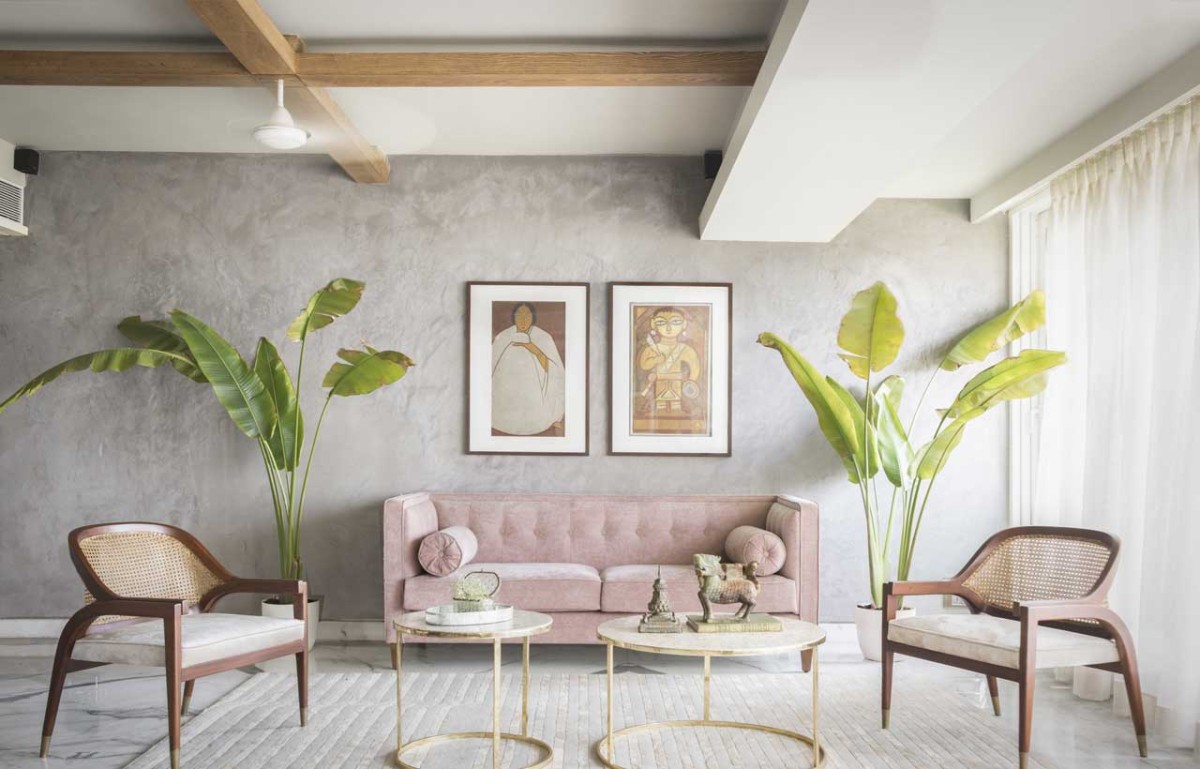
While the benefits are numerous, embracing minimalist living is not without its challenges, and misconceptions often cloud its true meaning.
A. It’s Not About Emptiness or Deprivation: A common misconception is that minimalism equates to sterile, empty spaces or living without joy. In reality, it’s about intentionality and filling one’s life with what truly matters, creating spaces that feel calm and inviting, not stark.
B. The Journey, Not a Destination: Adopting minimalism is often a gradual process of decluttering and re-evaluating priorities, not a one-time event. It requires ongoing discipline and self-awareness.
C. Balancing Aesthetics and Practicality: While visual simplicity is desired, practical needs (like adequate storage for essentials) must be met. The challenge lies in designing solutions that are both functional and visually unobtrusive.
D. Societal Pressure and Consumerism: Living a minimalist lifestyle can go against prevailing societal norms that encourage constant consumption and accumulation, requiring a conscious effort to resist external pressures.
Conclusion
Minimalist living, expressed powerfully through architectural design, is much more than a fleeting trend; it’s a growing movement advocating for a more deliberate, sustainable, and fulfilling way of life. By consciously choosing to live with less, individuals are discovering more – more peace, more freedom, more time, and a deeper appreciation for the essential.
Architecturally, this translates into spaces that are not only beautiful in their simplicity but also profoundly functional, efficient, and harmonious. As the world continues to grapple with issues of environmental sustainability, urban density, and mental well-being, the principles of minimalist living and its architectural manifestations offer compelling solutions. By designing and inhabiting spaces that prioritize purpose, clarity, and intentionality, we can unlock a profound sense of tranquility and create a life where less truly is, unequivocally, more. The spread of this philosophy signifies a collective yearning for authenticity and a meaningful existence beyond the material.

